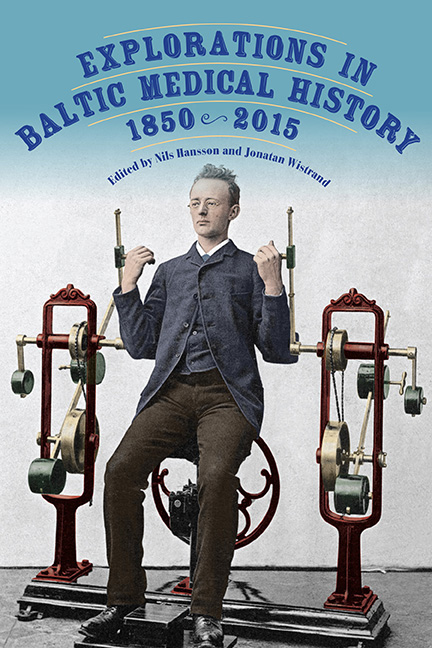10 - The Simultaneous Embedment and Disembedment of Biomedicine: Intercorporeality and Patient Interaction at Hemodialysis Units in Riga and Stockholm
Published online by Cambridge University Press: 17 April 2021
Summary
Local and Global Biomedicine
Biomedicine has today gained global reach. Although access to biomedical therapies varies greatly across the globe, the faith in their ability not only to explain but also to cure human suffering is almost universal. Increasingly, however, concerns are being raised, within academia and elsewhere, about the universalization of the human body and the application of standardized therapies and methods of measurement taking place in biomedical practice. Since the human body as a biological entity cannot be separated from and is never unaffected by the person embodying it and his or her embedment within particular social, historical, cultural, and political contexts, biomedicine has to take such contingencies into account, it is argued. Moreover, since the practice of experimental and clinical biomedicine is itself always already located within a specific spatiotemporal context and thereby deeply “embedded within a complex cultural world with historical depth,” so are the very universal body and standardized therapies it purports to enact. Yet the transnationalism of biomedicine is unmistakable. By incessantly transferring knowledge, therapies, people, and technologies across societal and national borders, an increasing number of people worldwide are today diagnosed, treated, and cured by means of the application of standardized biomedical interventions.
Taken together, the claims above paint a complex picture, suggesting that contemporary biomedicine is simultaneously embedded in and disembedded from the particular contexts in which it is practiced. The present chapter sets out to underscore and explore this complexity by means of a study of the intricate interplay between biomedicine as a transnational culture of its own, on the one hand, and a scientific and clinical practice fundamentally shaped by local and national material, cultural, and historical conditions, on the other. Offering a historically informed ethnographic exploration of the practice of hemodialysis in two national contexts, the chapter shows how this particular biomedical therapy both exceeds and relies on the conditions engendered by the local and national contexts in which it is practiced. More specifically, in this chapter I look at the interaction between patients taking place at four hemodialysis units, one in Riga, Latvia, and three in Stockholm, Sweden.
- Type
- Chapter
- Information
- Explorations in Baltic Medical History, 1850–2015 , pp. 229 - 248Publisher: Boydell & BrewerPrint publication year: 2019



